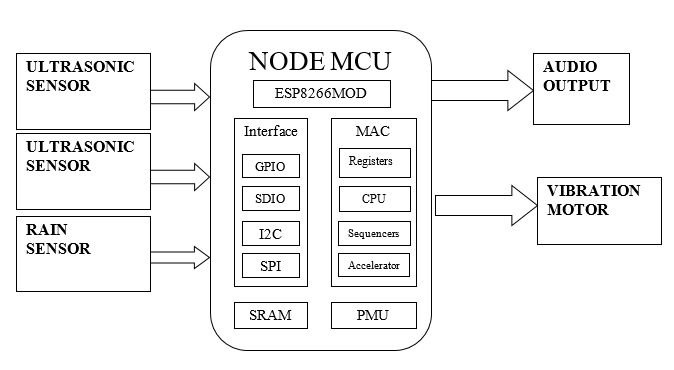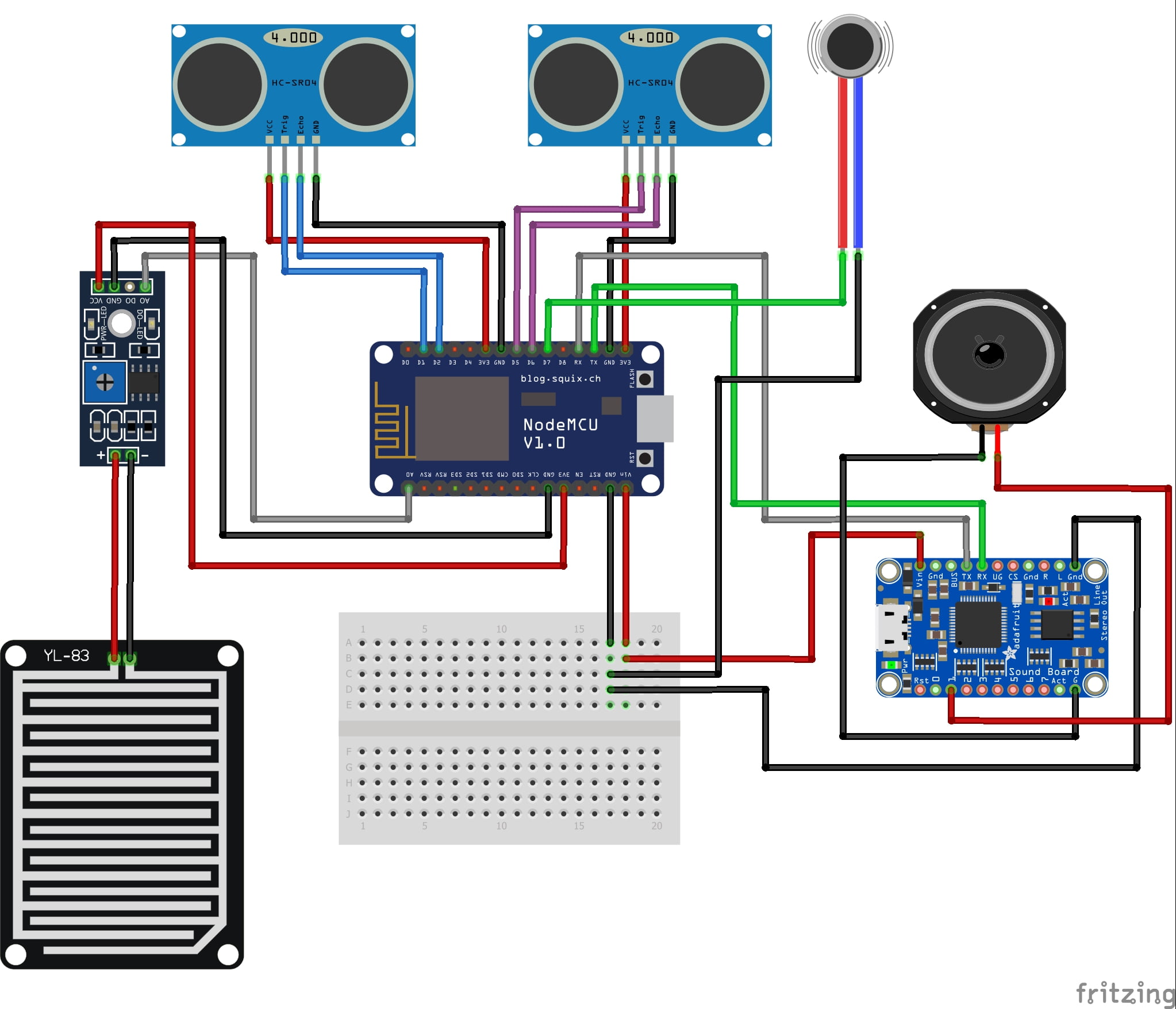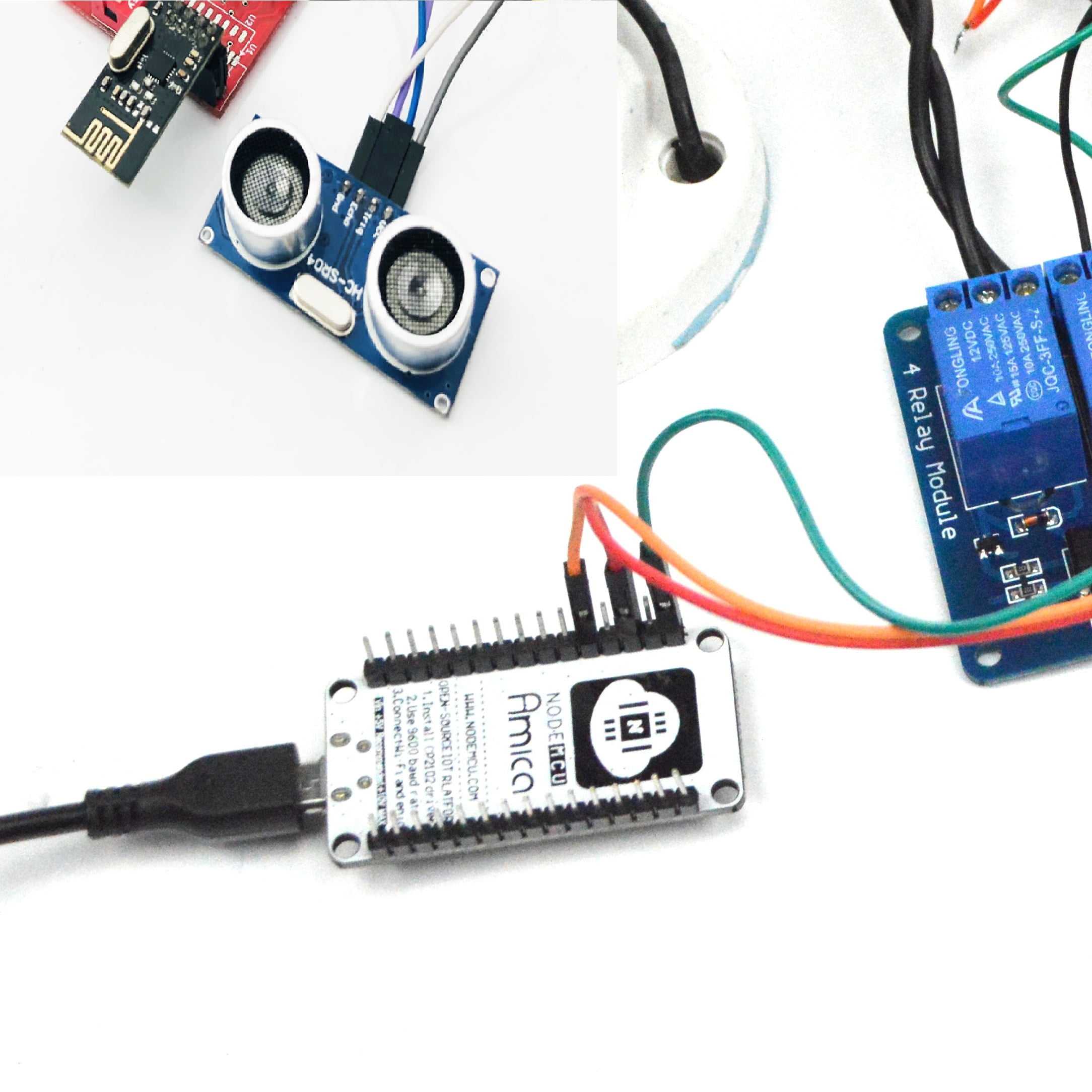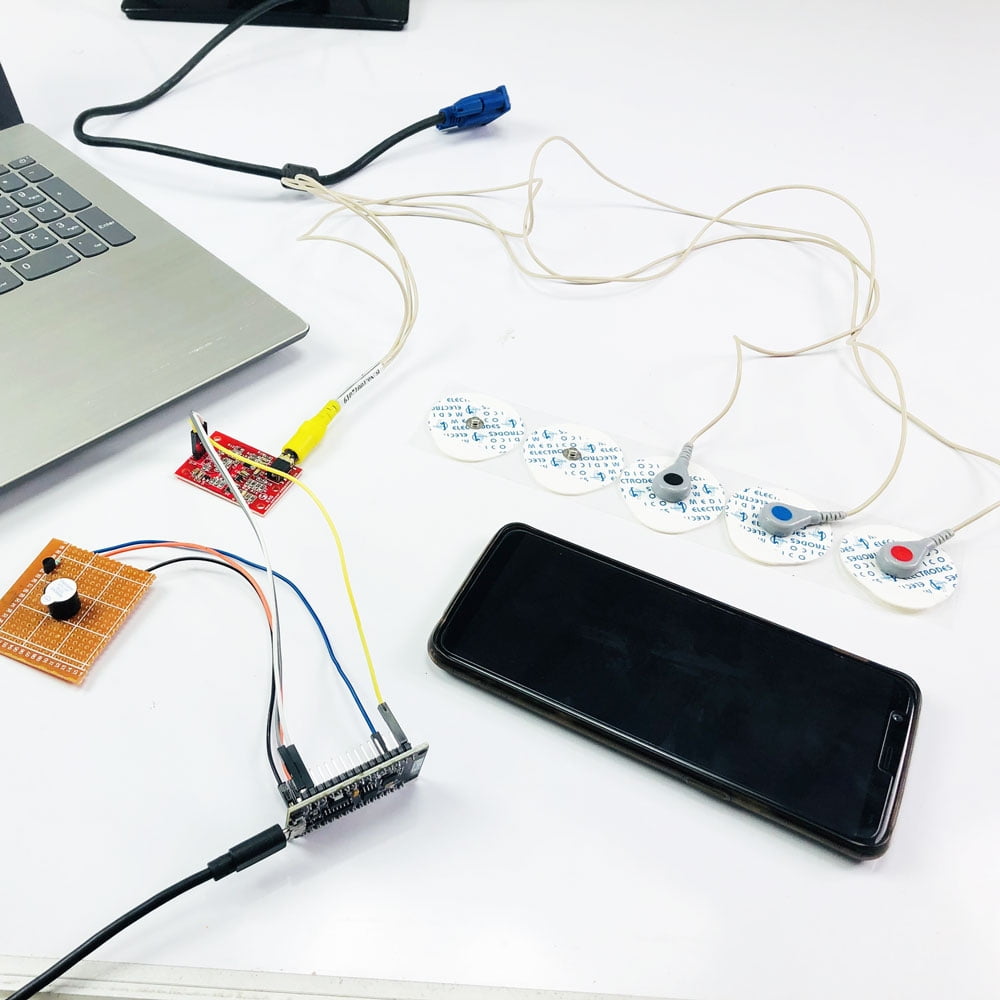Description
IoT based Blind People Navigation System using Node MCU
Blind people face many difficulties interacting with their nearby environment. The aim of this paper is to provide a tool that will help blind people to navigate as well as sense the obstacles. We plan to propose a working model which is a Walking Stick with an in-built ultrasonic sensor with a microcontroller system. The ultrasonic sensor is used to detect obstacles using ultrasonic waves. On sensing obstacles the sensor passes the data to the microcontroller. The microcontroller then processes the data and calculates if the obstacle is close enough. If the obstacle is not close enough the circuit does nothing. If the obstacle is closed then the microcontroller sends an Alert signal and vibrates to the blind person. If the obstacle is detected when the sensors is recognizing the object and it sends to the audio
INTRODUCTION:
It is not a herculean task to comprehend the amount of hardship that is inflicted upon these innocent souls. Many children are blind from birth and we must remember the fact that these children have a very long life ahead of them. Their lives can be improved significantly if their dependence is reduced to a considerable extent. In this paper, we were expected to tackle a real-world problem. In a nutshell, we aimed at providing a technical solution to a real-world problem that would help society in some form or the other. The purpose of this project would be to identify ways and means to make the lives of blind people much easier. To be specific, this project will help blind people identify obstacles and make their next movement according to the presence or absence of obstacles. At the same time, we realize there may be circumstances wherein the blind person may be bewildered about his next move.
EXISTING SYSTEM:
- Blind cane
- Training dog
- Human guide
DISADVANTAGES:
- Limited and fixed route to follow a daily routine
- Till now GPS cant able attach to it due to 40 meters to change coordinate as to follow the path\new path
- The little sensor supports the fields
PROPOSED SYSTEM:
- It is an innovative stick designed for visually disabled people for improved navigation. We here propose an advanced blind stick that allows visually challenged people to navigate with ease using advanced technology. The blind stick is integrated with an ultrasonic sensor along with light and water sensing. Ultrasonic sensors detect obstacles ahead using sound waves.
ADVANTAGES:
- Auto Detection
- Having features to give you the right path
- Simple to use
- Fewer accidents will be occurred to blind people by using this
IoT based Blind People Navigation System using Node MCU
BLOCK DIAGRAM:

BLOCK DIAGRAM EXPLANATION:
The ultrasonic sensors are placed on the sticks which have a range varying from 20-350cms. It means that the value can be set by the user. Moreover, in this model, we have sensors that are mounted on the lower side with an intention of avoiding small obstacles, precisely ranging from 2-10cms. Moreover, there is a sensor that can be used to find the obstacles if the blind person needs some help. If the stick is about to hit an obstacle, there is a sensor that can be used to find the obstacles and send audio to the blind people
CIRCUIT DIAGRAM:

HARDWARE REQUIREMENTS
- Node MCU ESP8266
- Ultrasonic sensors
- Rain sensor
- ISD1820 Voice Record and Playback Module
- Vibration motor
SOFTWARE REQUIREMENTS
- Programming platform: Arduino IDE
- Programming language: Embedded C
REFERENCES
[1] World Health Organization. (2013). Universal eye health: a global action plan 2014-2019.
[2] Nada, A. A., Fakhr, M. A., & Seddik, A. F. (2015, July). Assistive infrared sensor-based smart stick for blind people. In Science and Information Conference (SAI), 2015 (pp. 11491154). IEEE.
[3] Hollis, D. B. (2011). An e-SOS for Cyberspace. Harv. Int’l LJ, 52, 373.
[4] Menikdiwela, M. P., Dharmasena, K. M. I. S., & Abeykoon, A. H. S. (2013, December). Haptic-based walking stick for visually impaired people. In Circuits, Controls, and Communications (CCUBE), 2013 International Conference on (pp. 1-6). IEEE.
[5] Chaurasia, S., & Kavitha, K. V. N. (2014, February). An electronic walking stick for blinds. In Information Communication and Embedded Systems (ICES), 2014 International Conference on (pp. 1-5). IEEE.



































































































































































































































































































































































































































































































































































































































































































































































































































































































































































































































































Customer Reviews
There are no reviews yet.